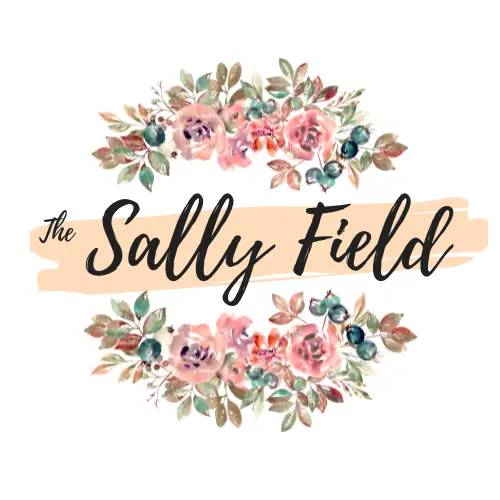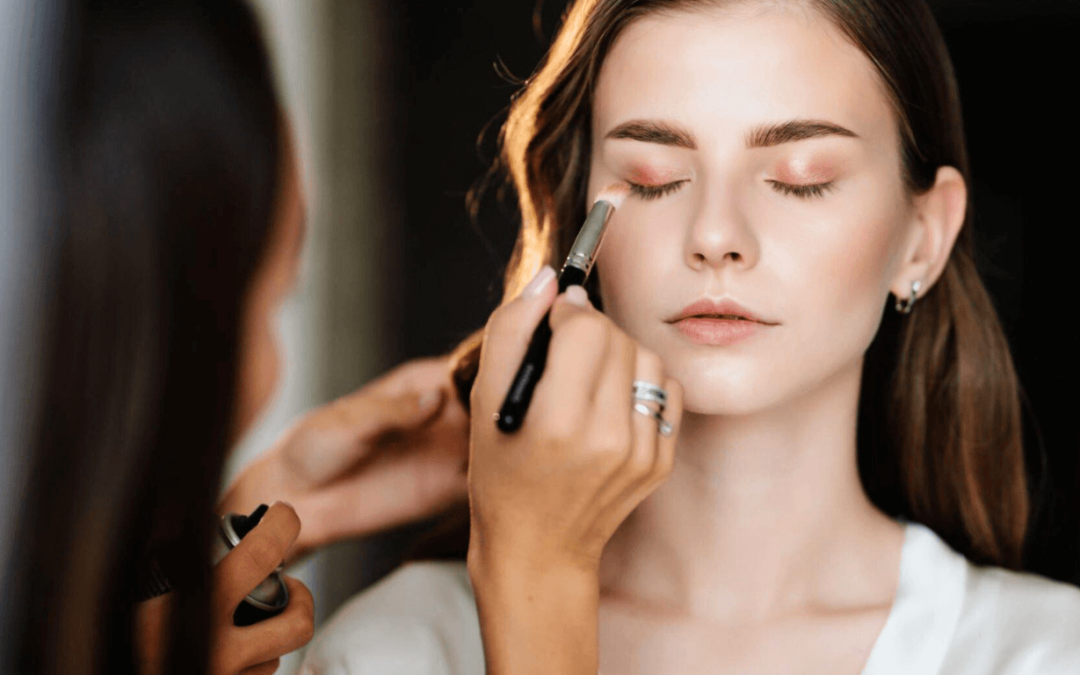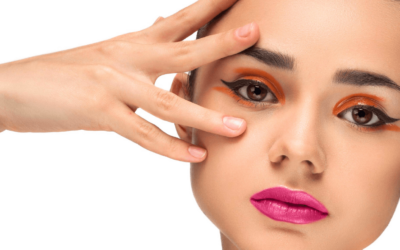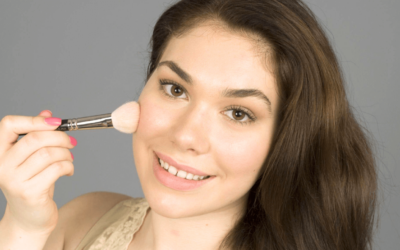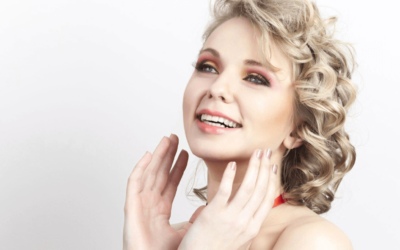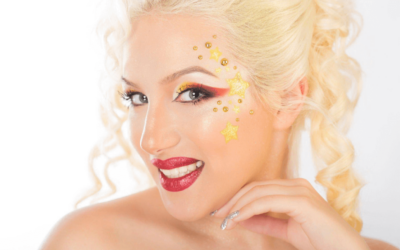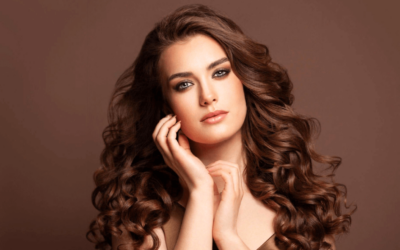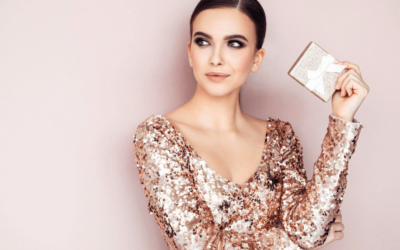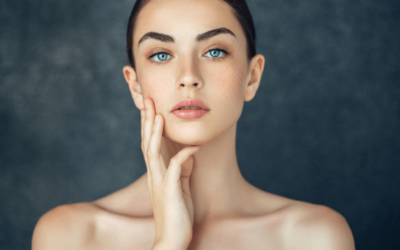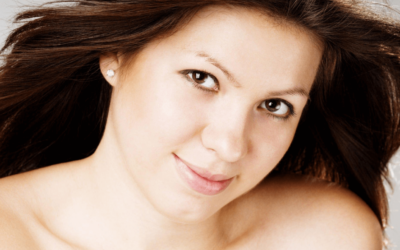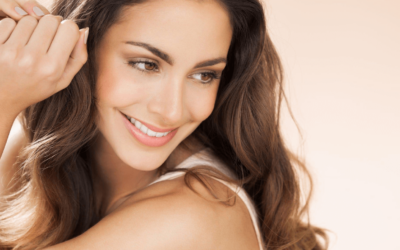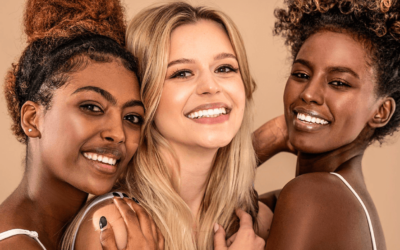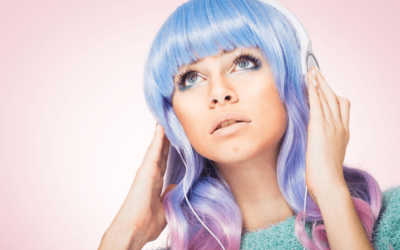In the realm of beauty and self-expression, makeup serves as a transformative tool, allowing individuals to enhance their features, experiment with colors, and create unique looks.
The canvas for this artistic endeavor is none other than your own face. The question of where makeup goes on your face is a crucial one, as the placement of each product plays a significant role in achieving various effects and looks.
On this journey through contours, highlights, and color palettes as we explore the intricate map of makeup application.
The Palette of Possibilities: Understanding Facial Features
Before we delve into the specifics of where makeup goes on your face, it’s important to understand the canvas you’re working with—your facial features.
Each feature—eyes, brows, cheeks, lips—holds a unique role in creating a harmonious and balanced look.
The Canvas Preparation: A Clean and Moisturized Base
Before applying makeup, it’s essential to start with a clean canvas. Begin by cleansing your face to remove any dirt, excess oil, or impurities.
Follow up with a gentle moisturizer to ensure that your skin is hydrated and ready to receive makeup products.
Foundation: The Base of the Canvas
Foundation is the starting point of any makeup look. It serves as the base that evens out your skin tone and provides a smooth canvas for the rest of the makeup.
When applying foundation, use a shade that matches your skin tone to achieve a natural look.
Begin by applying foundation to the center of your face and blend it outwards using a makeup sponge or brush. Be sure to blend well along the jawline and hairline to avoid any visible lines.
Concealing Imperfections: Hiding in Plain Sight
Concealer is your secret weapon for covering imperfections such as blemishes, dark circles, and redness. Apply a small amount of concealer directly onto the areas you want to conceal and gently blend it using your fingertip or a makeup brush.
Eyes: The Window to Your Soul
The eyes are often the focal point of any makeup look. Here’s where you can get creative with eyeshadows, eyeliners, and mascaras.
Begin by applying a neutral eyeshadow shade all over your lid to create a base. Then, use darker shades to add dimension to the crease and outer corner of the eye.
Eyeliner can be applied along the upper lash line to define the eyes, while mascara adds volume and length to your lashes. Remember that the intensity of your eye makeup depends on the occasion and the look you’re aiming for.
Brows: Framing Your Face
Well-groomed eyebrows frame your face and can significantly impact your overall look. Use a brow pencil or powder that matches your hair color to fill in any sparse areas and define the shape of your brows.
Starting from the inner corner of your brow, create small strokes that mimic the appearance of hair. Remember to blend the product for a natural finish.
Cheeks: Adding Dimension and Color
Blush and bronzer add dimension and color to your face. Apply blush to the apples of your cheeks using a soft brush. Smile to locate the apples of your cheeks and blend the blush slightly upwards towards your temples.
Bronzer can be applied in the hollows of your cheeks, along your jawline, and on your temples to add warmth and a sun-kissed glow.
Highlighting: Bringing Light to Your Features
Highlighter is a magical product that brings light to specific areas of your face, enhancing your natural glow. Apply highlighter to the high points of your face—top of the cheekbones, bridge of the nose, cupid’s bow, and brow bone.
A subtle touch of highlighter creates a luminous effect, while a more intense application adds a dazzling shine.
Lips: The Finishing Touch
Lip products, from lipsticks to lip glosses, complete your makeup look. Outline your lips using a lip liner that matches your chosen lip color. Then, fill in your lips with the lip product of your choice.
Lip color can range from subtle nudes to bold reds, depending on your personal style and the occasion.
Setting Spray: Locking in Your Artistry
Once you’ve completed your makeup application, finish with a setting spray. This product helps lock in your makeup, ensuring its longevity and preventing it from smudging or fading throughout the day.
A light mist of setting spray is all you need to seal your masterpiece. Remember that makeup application is a highly personal and creative endeavor.
While these guidelines provide a general map, feel free to adapt and experiment based on your unique facial features, style preferences, and the look you’re aiming to achieve.
The Art of Enhancement
As we conclude our journey through the map of makeup application, remember that makeup is a tool for enhancing your natural beauty, expressing your creativity, and boosting your confidence.
By understanding the canvas of your face, strategically applying products, and adapting techniques to your individual
